In Windows 8, one of new features was an option to change the icon of a library. For some reason, Microsoft has restricted this option only to custom libraries, which were created by the user. For built-in Libraries, the icon cannot be changed from the Windows interface on Windows 8, nor on Windows 7.
Today, we will look at how to change the icon of any library, including the predefined/system libraries. The method I will cover is applicable to Windows 7 and Windows 8/8.1, but I will use Windows 8.1.
Advertisеment
On my PC, I have a custom library, called Subversion: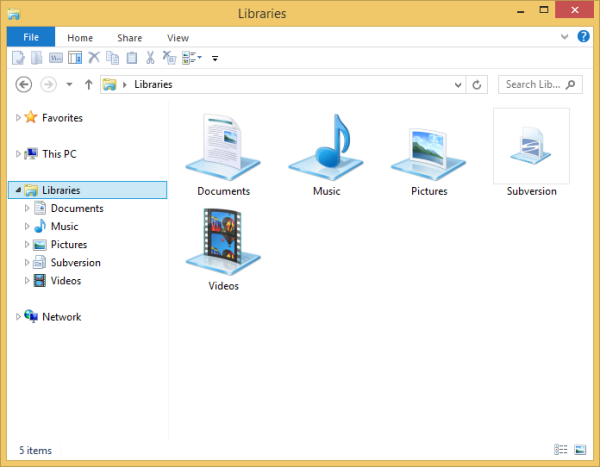
From its properties, I can change its icon to any other icon I want: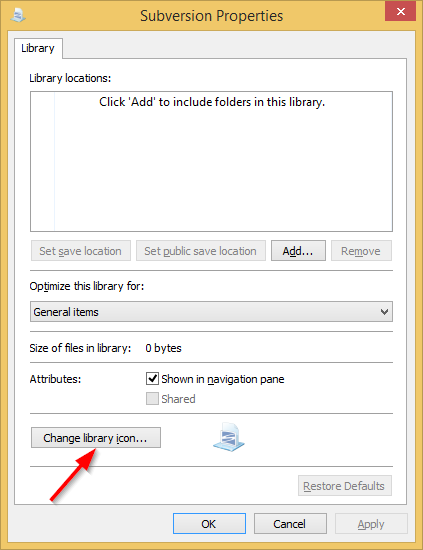 Just for example:
Just for example:
However, for any of the default libraries, the magic button is disabled! It looks as follows:
The first one is my app, Librarian. Librarian is a free, amazing piece of software which allows you to manage libraries the way you want:
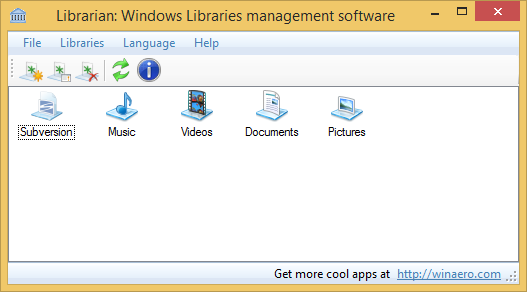 Along with several other options, it allows you to change the icons of the default Windows libraries. Initially developed for Windows 7, Librarian does its work on latest Windows versions too.
Along with several other options, it allows you to change the icons of the default Windows libraries. Initially developed for Windows 7, Librarian does its work on latest Windows versions too.
With just two clicks, you will be able to change the icon of the desired default library.
Due to radical changes made in Windows 8.x, you may need to sign out and sign in back or restart the Explorer shell to see the new icon.
The second option is manual editing of the library file.
All your library files are located in the following folder:
c:\Users\YOUR USER NAME\AppData\Roaming\Microsoft\Windows\Libraries\
By default, this folder is hidden. Plus, if you directly copy-paste the above path along with your substituted user name, Windows tries to redirect it. So it is better to copy and paste the following into the Run dialog:
explorer.exe %appdata%\Microsoft\Windows\Libraries
It will open the Libraries folder directly where the .library-ms files are stored. Note, it is very important to add explorer.exe at the beginning of the command to prevent Windows from redirecting it.
Well, after you enter that command, the following window will appear on the screen:
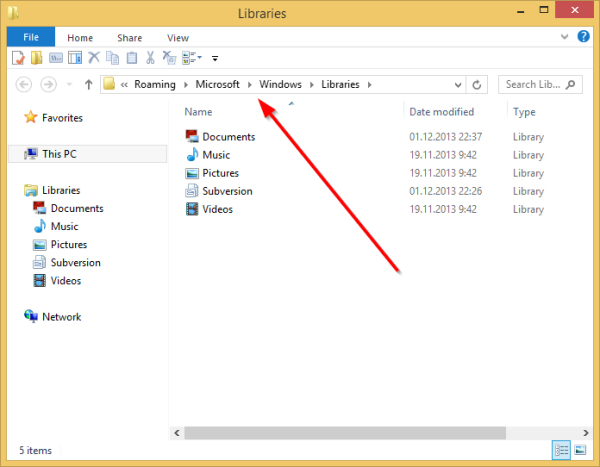 The extension of these files is .library-ms. Notice how Windows hides the extension of these files even if you choose to show file extensions. This is because of the 'NeverShowExt' value for .library-ms files in the registry as I explained in the article on how to add show or hide file extensions.
The extension of these files is .library-ms. Notice how Windows hides the extension of these files even if you choose to show file extensions. This is because of the 'NeverShowExt' value for .library-ms files in the registry as I explained in the article on how to add show or hide file extensions.
Right click on the library and choose the Open With... context menu item:
In the next window, click "More options" and choose Notepad from the list.
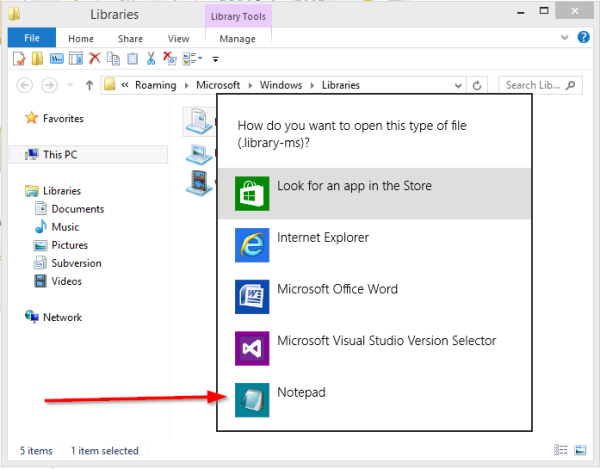
The Notepad app will be started. Locate the line that contains the following text. You can use the Find command from Notepad's Edit menu to locate this line:
<iconReference>imageres.dll,-1002</iconReference>
The number after the imageres.dll can be different depending on the library that you have opened in Notepad. Replace the text between <iconReference> and </iconReference> strings with the full path to the new icon:
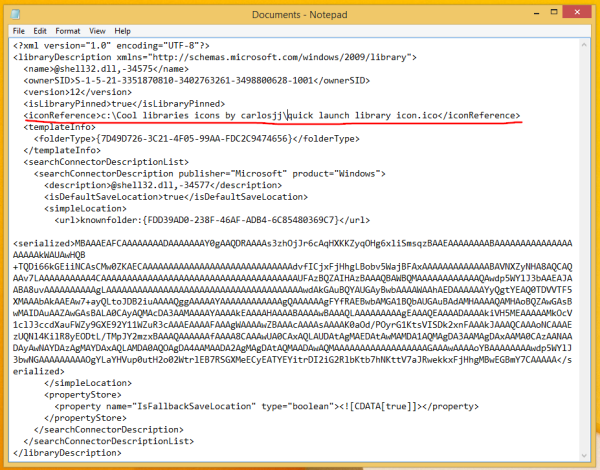 Save the file and you will get the new icon for the library you just edited!
Save the file and you will get the new icon for the library you just edited!
![]()
As you can see, the second method requires more work, so personally I prefer to use my Librarian app to change the icons of libraries.
If you have any questions or suggestions, you are welcome to comment.
Support us
Winaero greatly relies on your support. You can help the site keep bringing you interesting and useful content and software by using these options:
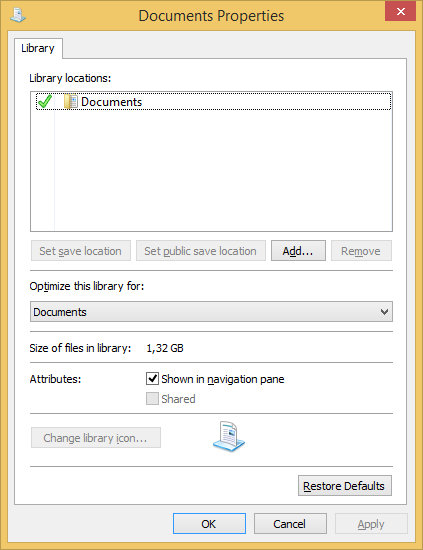
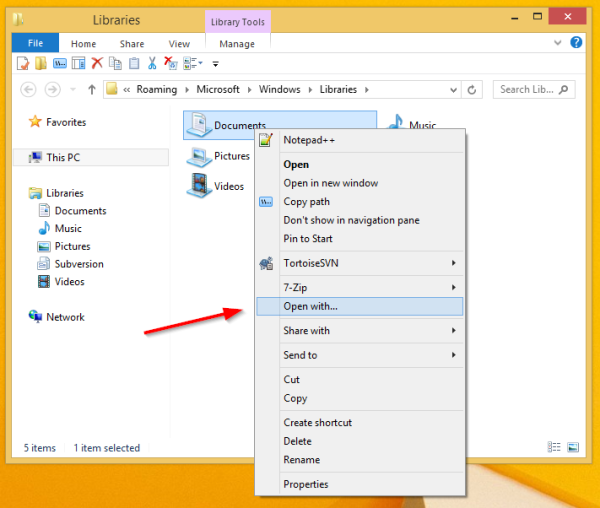

THANK YOU SO MUCH!! I really needed that work-around, and it was so simple! What a godsend!
You are welcome :)